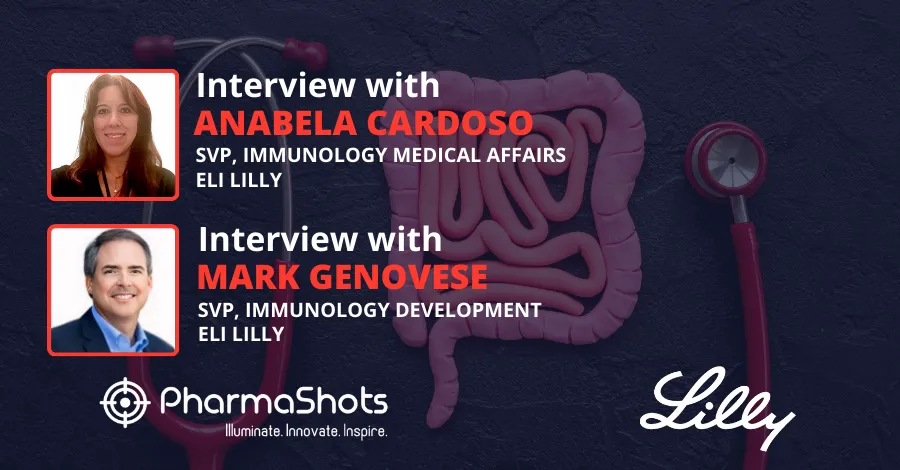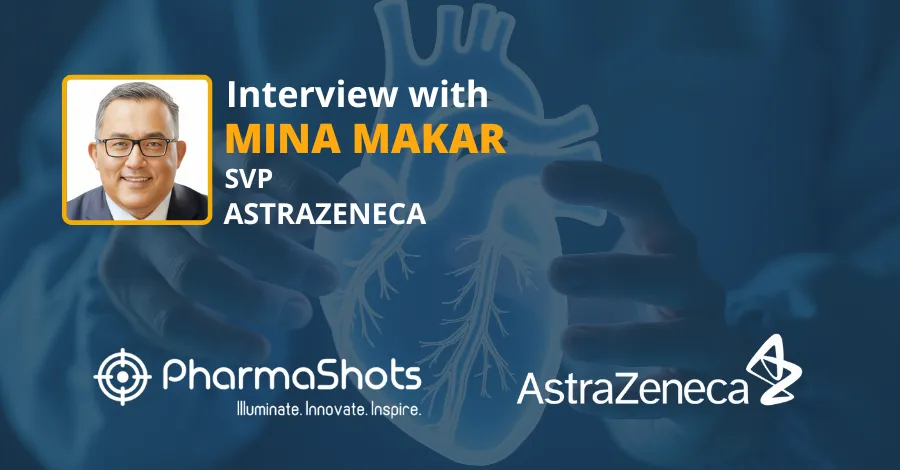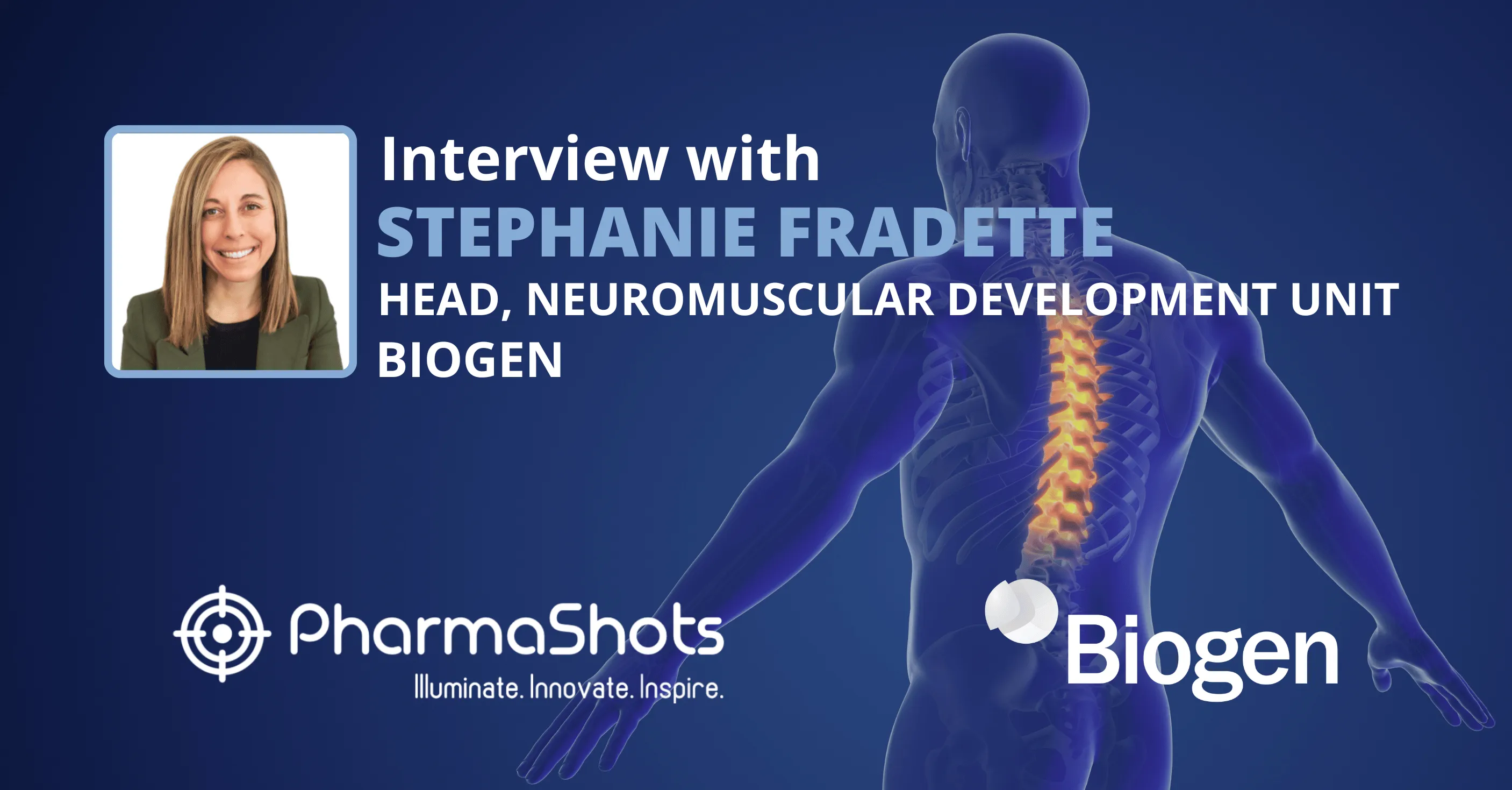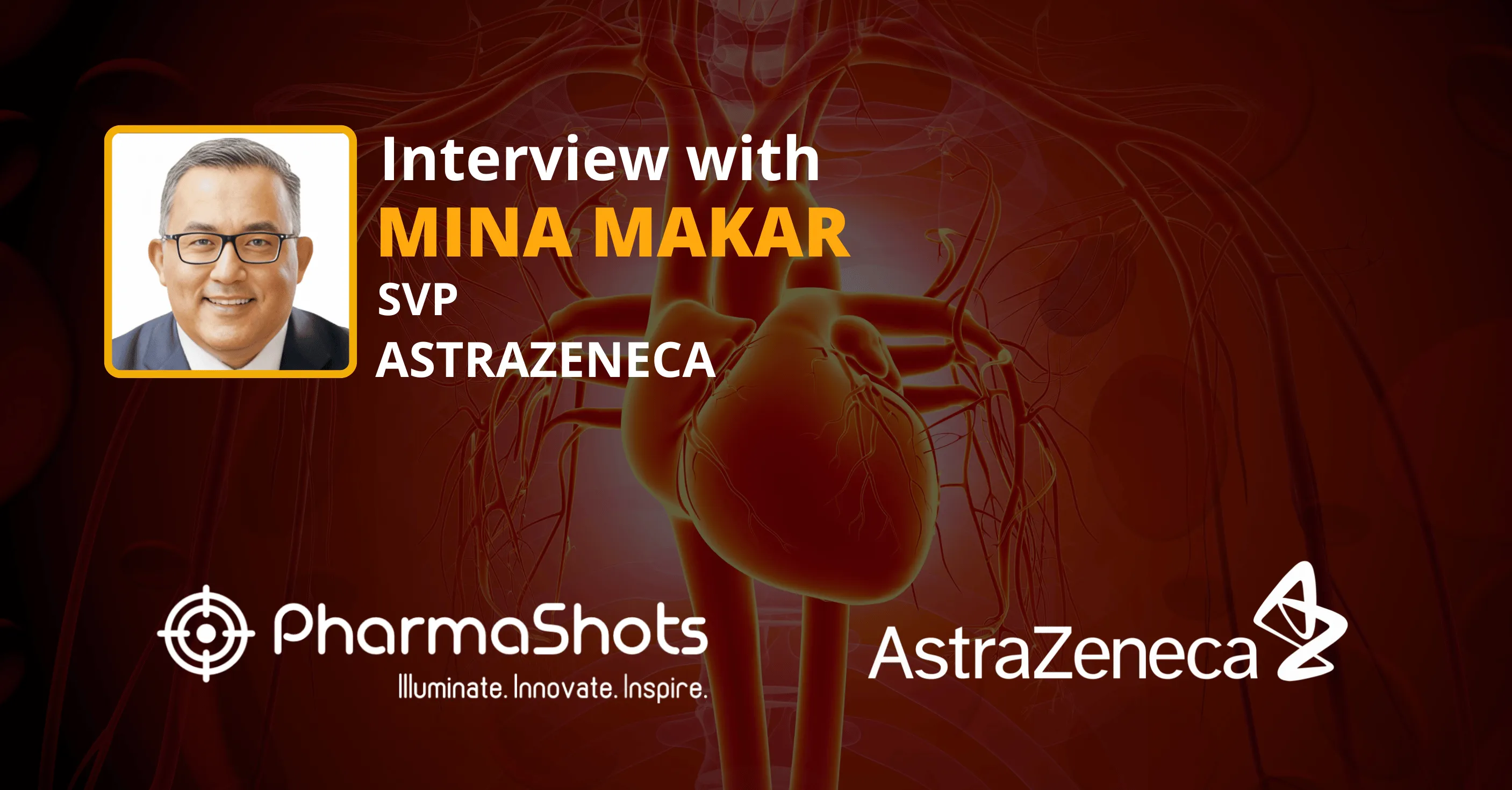
Ruud Dobber Shares Insights from RWE Data from the REVEAL-CKD Presented at the ERA-EDTA'23
Shots:
- Ruud talked about the key findings from the new RWE data at ERA-EDTA'23 which demonstrated the staggeringly low rate of diagnosis in chronic kidney disease (CKD)
- He then discussed the risk factors of CKD and the urgent need to act on the growing global burden of CKD and how this disease is impacting the overall healthcare system.
- The interview highlights AstraZeneca's mission to disrupt the progression of CVRM diseases and restore organ function by delivering transformative science that improves treatment practices and CV health for millions of patients worldwide
Smriti: Can you provide an overview of the real-world evidence (RWE) study data highlighting the low rate of diagnosis in chronic kidney disease (CKD) presented at the ERA 2023 Congress. What were the key findings?
Ruud Dobber: The REVEAL-CKD study is the first to show both the vast underdiagnosis of CKD and the clinical impact of identifying the disease too late.
REVEAL-CKD is a multinational, observational study using secondary data from electronic medical records (EMR) and claims data. The goal of the study is to provide the most robust assessment to date of the prevalence and predictors of undiagnosed Stage 3 CKD.
Results presented at ERA from the REVEAL-CKD study demonstrated the prevalence of undiagnosed Stage 3 (moderate) CKD was 85% to 97% across Spain, Australia, Canada and Brazil, and remained high in patients with comorbidities who are at high risk of
disease progression.
Smriti: What are the major risk factors for CKD according to the RWE study? How does this disease impact the global healthcare system?
Ruud Dobber: The comorbidities assessed in this analysis were atrial fibrillation, cardiovascular disease, type-2 diabetes, heart failure and hypertension. Undiagnosed Stage 3 CKD remained high in patients with comorbidities who are at high risk of disease progression as findings showed it was 75% to 92%.
CKD does not just impact patients at the individual level, but also society and the environment more broadly. CKD is a leading cause of health expenditure worldwide, and its burden weighs heavily on individuals and healthcare systems alike. In high-income countries across the world, 2–3% of the annual healthcare budget is spent on renal replacement therapy.
Smriti: Can you please talk about the patient-level simulation forecast model of CKD data titled “The growing burden of chronic kidney disease in UK”?
Ruud Dobber: IMPACT-CKD aims to quantify the clinical, economic, humanistic, societal, and environmental burden of CKD in the United Kingdom. Findings from this patient-level simulation forecast model of CKD data taken from 2022 to 2032 revealed that patients with CKD receiving renal replacement therapy (RRT) are projected to increase by 44% by 2032. As a result, the associated cost of RRT is expected to increase almost 70% to £1.85bn. In addition to the significant clinical burden and direct costs, CKD is also associated with extensive productivity loss. Over the 10-year time period, CKD is projected to result in 81.60 million missed workdays in diagnosed patients, and 11.89 million missed workdays by caregivers of patients with CKD.
Smriti: Based on the RWE from the ZORA study, what were the specific patient outcomes affected by hyperkalemia?
Ruud Dobber: For patients with CKD or heart failure (HF), the current standard of care includes treatment with renin-angiotensin-aldosterone system inhibitors (RAASi), however this life-saving treatment has been shown to increase both the frequency and severity of HK.
These RWE show how common it is for hyperkalaemia to cause down-titration of guideline-recommended RAASi therapy in cardiorenal patients.
One analysis confirmed that discontinuation of RAASi treatment following a hyperkalaemia episode in cardiorenal patients with CKD and/or heart failure was still common in clinical practice in the US and Japan despite guidelines recommending maintained treatment. In those patients who discontinued, re-initiation occurred within six months in only 10% to 15% of patients in the US and among 6% to 8% of patients in Japan. In the small number who re-initiated RAASi, 17% to 37% of patients in the US and Japan respectively, had their dose reduced by >25%.
A second analysis found that cardiorenal patients living in Sweden and Japan, reduced RAASi treatment following a HK episode resulted in an increased number of all-cause hospital inpatient days by 18.2 days in Sweden and 17.9 days in Japan, six months after
the hyperkalaemia event. The increase in hospital days in patients who maintained their RAASi treatment, versus six months post the hyperkalaemia event, was 9.4 and 8.5 days in Sweden and Japan, respectively. Similar patterns were observed for CKD- and heart failure-related hospital inpatient days.
Smriti: What are the current treatment options available for hyperkalemia and how effective are they in controlling hyperkalemia?
Ruud Dobber: Treatment options for chronic hyperkalaemia include potassium (K+) binders, a low potassium diet, diuretics and RAASi dose modification as a last resort. Internationally recognised guidelines for the management of CKD and heart failure support the use of K+ binders to manage hyperkalaemia and keep patients on RAASi therapy.
AstraZeneca is committed to improving the treatment of HK through anti-hyperkalaemia therapies such as sodium zirconium cyclosilicate and working with the healthcare community to ensure that hyperkalaemia is not a barrier to patients with CKD or heart failure achieving guideline directed RAASi treatment.
Sodium zirconium cyclosilicate is an anti-hyperkalaemia therapy currently approved in more than 50 countries including the US, EU and Japan for the treatment of hyperkalaemia. It’s indicated for the treatment of hyperkalaemia in adults including patients on chronic haemodialysis. Sodium zirconium cyclosilicate provides rapid K+ reduction, sustained K+ control and is generally well tolerated.
Smriti: Shed some light on the ZORA manuscript published in BMC Nephrology based on which the analysis was done.
Ruud Dobber: The two analyses presented at ERA build on the ZORA manuscript published in BMC Nephrology, which found that HK-related RAASi discontinuation or down-titration was
associated with higher risk of cardiorenal events versus maintained or up-titrated RAASi in patients with CKD or heart failure in the US and Japan.
These findings emphasize the importance of RAASi optimization following an episode of hyperkalaemia and the need for targeted treatment of hyperkalaemia to facilitate optimal RAASi management.
Smriti: The RWE data highlights the urgent need to act on the growing burden of CKD and the impact of hyperkalemia on patient outcomes. What do you think are some of the measures that can be implemented to address these challenges effectively?
Ruud Dobber: To drive change in CKD, AstraZeneca is working together with global, regional and local partners. We support many projects around the world to help healthcare professionals facilitate the screening of at-risk patients for CKD by increasing blood (eGFR) and urine (urine albumin-creatinine ratio) testing in the out-patient settings, such as doctor’s offices or outpatient clinic waiting rooms. In some countries, we also support home
screening with easy-to-use urine test kits.
AstraZeneca also created the ACT on CKD programme in 2021 to transform kidney health through partnerships aimed at reducing the number of patients progressing to kidney failure, with our first goal to reduce by 20% by 2025. To realise this ambition, the programme pilots initiatives that aim to raise awareness of the burden of CKD and its consequences; expand early detection and drive optimisation of treatment guidelines to improve patient outcomes. To further support people at risk of CKD, we also look to achieve sustainable change in health policies through policy reforms. Since the start of ACT on CKD in 2021, efforts have resulted in over 32 million patients screened globally and over 10 million diagnosed.
In hyperkalaemia, AstraZeneca is continuing to break new ground through the CRYSTALIZE evidence programme, which is examining the current management of hyperkalaemia by disrupting the habit of RAASi down-titration to enhance patient care.
It is comprised of industry-leading clinical studies – including the Phase III STABILIZE-CKD study, which evaluates the impact of sodium zirconium cyclosilicate, as an adjunct to RAASi therapy, in slowing disease progression in CKD; and the DIALIZE-Outcomes study, which evaluates the impact of sodium zirconium cyclosilicate on cardiovascular outcomes in patients with HK and on dialysis – and RWE across different disease areas and patient types.
Findings from these studies will provide insights into the impact of the use of anti- hyperkalaemia treatment on clinical and patient-reported outcomes; and form the basis of a truly patient-centric management of hyperkalaemia.
Image Source: Canva
About the Author:

Ruud Dobber
Ruud Dobber is the Executive Vice President and President, of the BioPharmaceuticals Business Unit at AstraZeneca and is responsible for product strategy and commercial delivery for Cardiovascular, Renal & Metabolism (CVRM), and Respiratory diseases. Ruud joined Astra in 1997 (prior to the AstraZeneca merger) and has held various senior commercial and leadership roles. Most recently, Ruud was President, of AstraZeneca US and Executive Vice President, of North America and oversaw AstraZeneca’s commercial operations in North America. He obtained his PhD, Medical Biology/Immunology from Utrecht University.
Related Post: Andrea Mugan, Global Franchise Head of DDR & GYN/GU Cancers, AstraZeneca Shares Insights on ‘Never Miss’ campaign
Tags

Senior Editor at PharmaShots. She is curious and very passionate about recent updates and developments in the life sciences industry. She covers Biopharma, MedTech, and Digital health segments along with different reports at PharmaShots.














